This blog is based on the recently published AidData Working Paper “Connective Financing: Chinese Infrastructure Projects and the Diffusion of Economic Activity in Developing Countries” authored by Richard Bluhm, Axel Dreher, Andreas Fuchs, Bradley Parks, Austin Strange, and Michael Tierney.
China’s trillion-dollar Belt and Road Initiative (BRI)—an infrastructure corridor that will connect China to Central Asia and Europe and a series of deep-water ports along the littoral areas of the Indian Ocean that will connect China to South and Southeast Asia, the Middle East, and Africa—has provoked a great deal of speculation and controversy. Questions continue to swirl about the economic costs and benefits of BRI projects.
Beijing’s critics claim that it bankrolls “white elephant” projects that are politically motivated and economically unsustainable. Western donors and lenders point to individual roads that have fallen into a state of disrepair, airports in rural outposts that lie unused, and seaports with almost no container traffic. President Xi Jinping’s characterization of BRI as the “project of the century” has done little to dampen anxieties in Washington, London, and Brussels.
However, these concerns are seemingly difficult to reconcile with the experiences and observations of many developing country officials. In 2008, Senegal’s then-President, Abdoulaye Wade, wrote in the Financial Times that “with direct aid, credit lines and reasonable contracts, China has helped African nations build infrastructure projects in record time. … I have found that a contract that would take five years to discuss, negotiate and sign with the World Bank takes three months when we have dealt with Chinese authorities.” Meles Zenawi, the former Prime Minister of Ethiopia, also celebrated Beijing’s unique way of designing and delivering development projects. He argued that “one of the main reasons for [the] turnaround in the economic fate of Africa is the emergence of the emerging nations in general and China in particular.”
In a new study, my coauthors and I put these competing arguments to the test by conducting an evaluation of the national economic growth impacts of approximately 4300 Chinese Government-financed development projects in 138 countries. While it may be true that China has supported some white elephant projects, one would not expect the net economic growth impacts of Chinese development finance to be very substantial if this was an endemic problem plaguing Beijing’s global portfolio of projects. So, what do we find? On average, Chinese aid projects do yield significant economic growth dividends for host countries. For the average host country, a doubling of Chinese official development assistance (ODA) produces 0.4 percentage point increase in economic growth two years after the funding is approved.
In a companion study, my coauthors and I use an alternative measure of economic output—remotely sensed nighttime light output—and the geo-coordinates of 3,097 Chinese-funded development project locations to determine whether these economic effects are also detectable at subnational scales. Here again, we find that Chinese development projects deliver major economic development gains: on average, we estimate that a 10 percent increase in Chinese development finance corresponds to an 0.6-1.1 percent increase in nighttime light output, which is roughly equivalent to a 0.2-0.3 percent increase in subnational GDP.
Yet neither of these studies speaks to the question of who reaps the biggest economic benefits from these projects within host countries. Many aid agencies and development banks claim that they are focused on “inclusive growth.” The World Bank, for example, has redefined its mission “as ending extreme poverty by 2030 and boosting prosperity among the poorest 40 percent in low- and middle-income countries.” But a growing body of evidence suggests that rhetorical commitments made at headquarters have not translated into concrete changes on the ground. Several new studies (accessible here, here, here, and here) demonstrate that traditional aid agencies and development banks do a poor job of targeting economically disadvantaged regions within the countries where they work. In fact, the empirical record indicates that Western aid agencies and multilateral development banks prefer to locate their investments in wealthier areas within host countries.
China, on the other hand, has not said much about whether it expects its investments to promote inclusive growth. But there are some reasons to believe that its development projects could be effective at spreading economic development gains to rural and remote areas within low-income and middle-income countries that have historically suffered from neglect or discrimination. China has a reputation for efficiently implementing transportation infrastructure projects and doing so in ways that are responsive to the needs and preferences of host governments. In principle, these types of investments in “connective infrastructure” can reduce spatial inequalities if they make it easier for firms and residents in economically disadvantaged regions to reach more distant markets and places of employment.
China and Western donors also approach the challenge of building connective infrastructure in different and potentially consequential ways. Whereas Western donors prefer to invest in overland (interior-to-interior) transportation networks, China prefers to invest in interior-to-coast transportation networks. This preference may reflect China’s own experience with spatial inequality. When it opened up its economy to foreign investment during the 1980s, China not only experienced rapid economic growth, but also sharp increases in spatial inequality. The government responded with a set of spatial inclusion policies and programs—the “Develop the West Campaign”—that redirected private and public investment to less economically developed areas in the central and western parts of the country. Several studies suggest that the development of interior-to-coast transportation networks helped China reverse a trend of growing inequality within and across the country’s subnational localities. Therefore, if China is exporting a model of spatial inclusion that focuses on the development of interior-to-coast transportation networks, it is possible that its investments could narrow economic inequalities within host countries.
In a new study entitled “Connective Financing”, my coauthors and I put this argument to test. In order to measure the distributional effects of Chinese development projects, we first identify the precise locations of 3,485 Chinese Government-financed development projects (see map below) that were implemented in 138 countries between 2000 and 2014. We then use satellite data on the geographical distribution of nighttime light to develop a measure of economic inequality that can be tracked from year to year in more than 32,000 subnational localities around the world. To estimate the distributional impacts of these Chinese development projects, we use a method of statistical analysis that accounts for many other factors that could have affected levels of economic inequality between 2000 and 2014.
Locations of Chinese Government-Financed Projects, 2000-2014
 Source: AidData’s Geocoded Global Chinese Official Finance Dataset, Version 1.0.1
Source: AidData’s Geocoded Global Chinese Official Finance Dataset, Version 1.0.1
Our findings provide grounds for optimism: Chinese development projects—in particular, investments in connective infrastructure, such as roads, bridges, railways, and ports—create a more equal distribution of economic activity within the provinces and districts where they are implemented. We also estimate the impact of these investments on inequalities between subnational jurisdictions, and here too we find that Chinese projects narrow rather than widen economic disparities. Since many of the low-income and middle-income countries that are included in our analysis suffer from high levels of spatial inequality—i.e., excessive concentration of economic activity in a small number of urban centers and little economic activity in rural towns and villages—these findings suggest that Chinese investments in connective infrastructure are promoting spatially inclusive growth.
At the same time, no one should harbor illusions that Chinese development projects only produce positive results. New empirical research demonstrates that Chinese development projects can fuel local corruption, degrade the environment, and weaken trade union participation. There are also some indications that Beijing’s aggressive lending program may saddle borrower governments—and their taxpayers—with unsustainable debt burdens.
So, it’s time to dispense with the notion that China must be either a villain or a hero. It is neither. Its motivations and impacts are complex, and we will do a disservice to who make important decisions about cooperation and competition with China if we allow the policy debate to get hijacked by those who can offer conjecture and cherry-picked cases but not evidence that meets high standards of social scientific rigor.
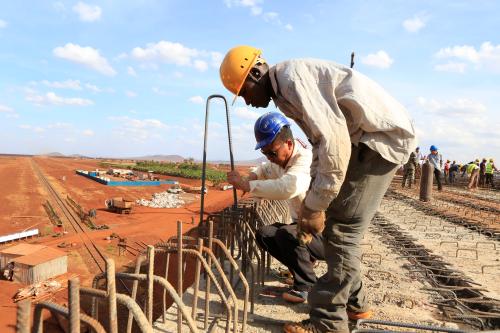
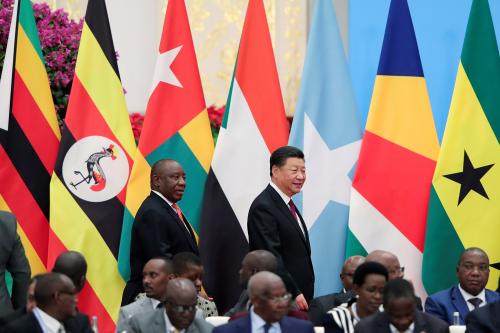
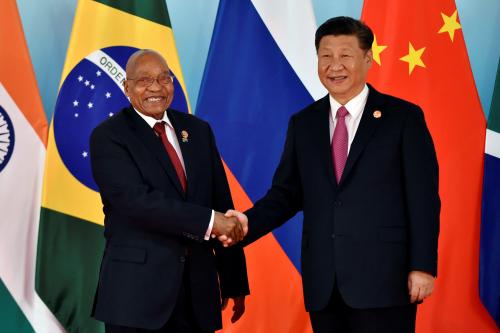

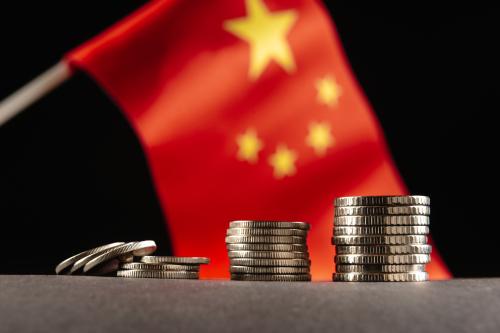
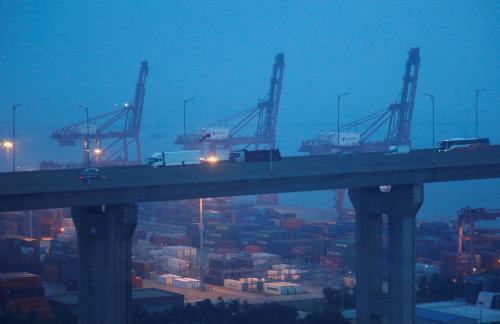
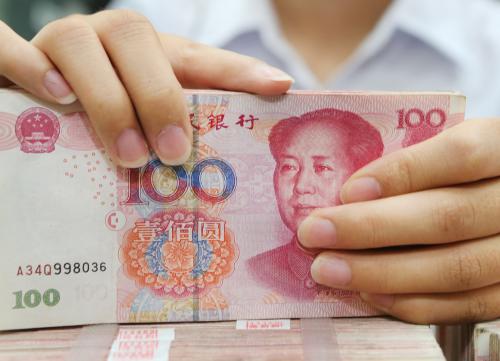
Commentary
Will Chinese development projects pave the way to inclusive growth?
September 11, 2018